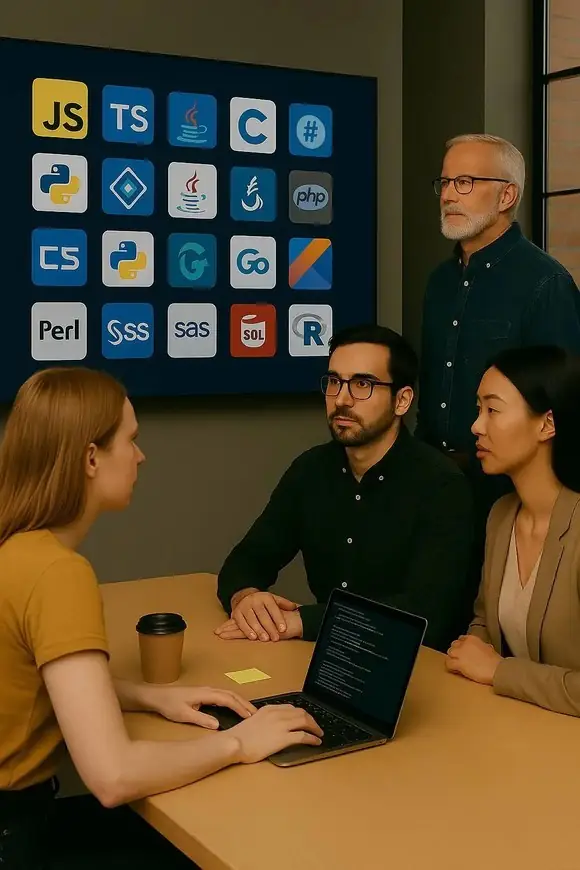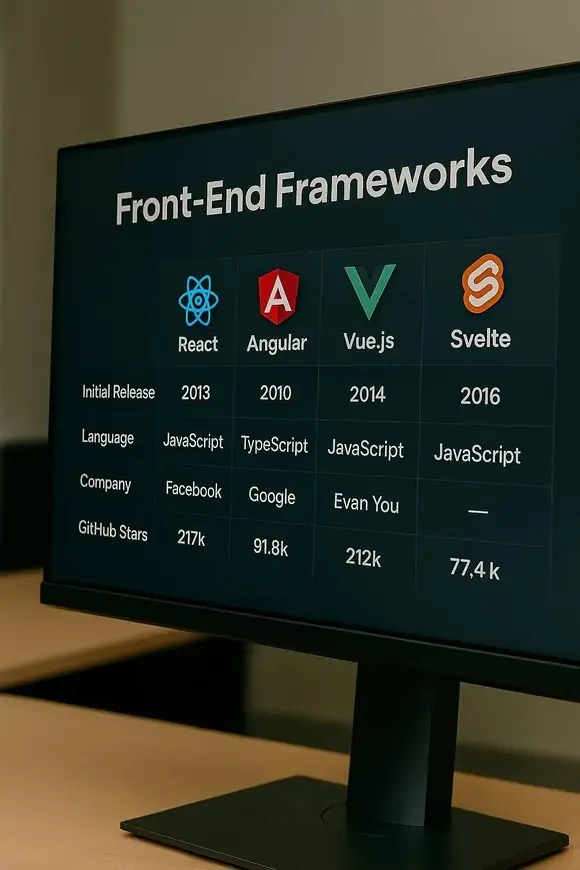In software development, choosing the right technologies often has more impact than it seems. It influences not just how the product is built, but how it can evolve, scale, and be maintained over time. Despite that, stack choices are often made on shallow grounds: what’s trending, what’s easy to learn, what “everyone is using”—or, on the flip side, what gets dismissed for sounding too “old school.”
Some tools are easy to pick up and allow teams to build something functional in days. That can be incredibly helpful in early stages. But it can also create a false sense of confidence, leading to decisions that aren't evaluated with the same depth applied to other technical areas.
On the other hand, there are technologies that require more time, experience, or structure to shine. These often get labeled as outdated or unnecessarily complex. Phrases like “no one uses this anymore” or “that’s too enterprise” get repeated without stopping to ask why these tools still exist—and still work—in complex, long-term projects.
Even experienced teams—like ours at Neo301—face these conversations. We’re fluent in multiple languages and stacks, and we constantly revisit where to lean into what’s new, and where to rely on proven tools. That back-and-forth can be healthy, as long as it’s grounded in real technical reasoning.
We’ve also seen how certain technologies gain popularity not because of what they solve, but because they’re backed by big companies. That can create a sense of built-in trust. But that trust doesn’t always last: we’ve watched technologies rise, reach mass adoption, and then be quietly discontinued or replaced by the next internal initiative. This leaves teams with unstable foundations, forced to migrate early or maintain systems that no longer evolve.
The best tech stacks are chosen not for popularity, but for how well they support a product’s specific goals, team capabilities, and long-term vision. Technology should serve strategy—not the other way around.
A rushed or poorly justified choice can shape the next few years of a product’s life. It can make hiring easier—or impossible. It can make scaling seamless—or a constant challenge. So it’s worth moving beyond whether we “like” a technology or whether it’s “what everyone’s using.” Some of the most relevant factors—among many—include:
- Maturity of the stack. Is it stable, well-documented, and actively maintained?
- Access to talent. How easy will it be to hire or train people to work with it?
- Business projection. What does the product need today, and what might it need in 6 to 18 months?
- Tolerance for change. How flexible does the architecture need to be if priorities shift?
- Stack sustainability. Will this technology likely remain viable two or three years from now?


This isn’t about rejecting the new. Nor is it about clinging to the familiar. It’s about making informed decisions—understanding that every project has its own context. Some technologies are hyped. Others are quiet and solid. Some are new and exciting. Others are established and reliable. The goal isn’t to find the “best” technology. It’s to find the one that fits your product, your team, and your business needs.
At Neo301, we help clients make tech decisions with clarity and strategy. We don’t push our preferences or propose what’s trending. We focus on what fits. Our approach includes:
- Grounded technical conversations. We compare options based on real needs and goals—not opinions or trends.
- We assess whether a tech stack is not just powerful on paper, but truly sustainable in practice. Can you build and grow a team around it? Will it support your product as it scales? And just as importantly—will you be able to maintain it over time, without it becoming a burden?
- Flexibility without improvisation. We’re open to new technologies, but never rush decisions. We balance innovation with experience.
Business executive with an MBA from IAE Business School and a background that spans over 12 years in the corporate world, entrepreneurship, and business consulting. Founded his own startup and has helped companies across industries align their real needs with effective digital solutions. Specialized in bridging business strategy with technology execution, supporting organizations throughout the entire product development process. Brings a business-first mindset, with a strong focus on impact, alignment, and long-term value.
